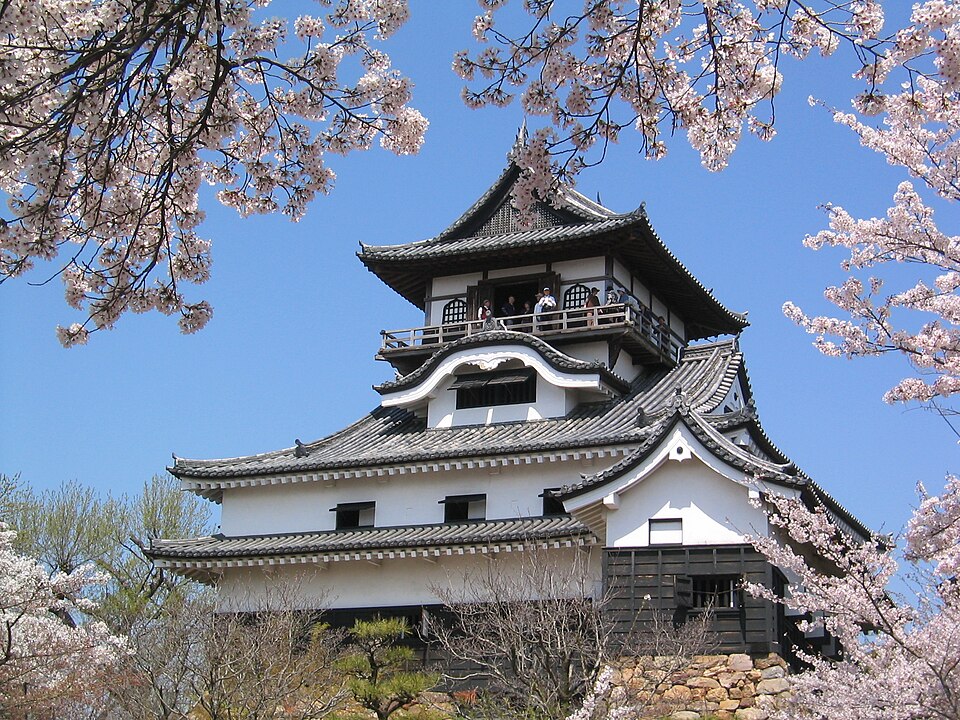Inuyama, Japan – Travel Tips
Category
Categories
Popular Articles

## Overview of the Destination
Nestled in the heart of Aichi Prefecture lies the captivating city of Inuyama, Japan. Famous worldwide for its historic landmarks, particularly the Inuyama Castle, one of the oldest surviving original castles in Japan, Inuyama offers a unique glimpse into the country’s rich history. The city stands out for its old-world charm, scenic beauty, and the vibrant cultural festivals. One visit to this delightful haven will seductively pull you into its ever-evolving, intriguing narrative worth exploring.
## Best Time to Visit
The ideal time to visit Inuyama is during the peak seasons of spring (March-May) and autumn (September-November) when the weather is typically mild and pleasant, and the scenery is at its most beautiful. The cherry blossom (sakura) season in spring and koyo (autumn leaves) season offer breathtaking views and are particularly eye-catching.
Major events worth considering your visit around are the Inuyama Festival in April, which is renowned for its magnificent parade of traditional float cars, and the Cormorant Fishing on the Kiso River, which runs from mid-May to mid-October.
## Climate & What to Pack
Inuyama experiences a humid subtropical climate with warm summers and cool winters. Temperature averages range from 1-6°C (34-43°F) in January to 24-33°C (75-91°F) in August. It’s essential to pack according to the season you are visiting – bring light clothing and sunscreen for summer, and layers, including a warm coat, gloves, and scarves for winter. Regardless of the season, pack comfortable shoes for walking, an umbrella or raincoat for potential showers, and don’t forget your camera!
## Getting There
The nearest major airport to Inuyama is Chubu Centrair International Airport (NGO) in Nagoya. From the airport, you can take a Meitetsu limited express train to Inuyama, which takes around an hour. Japan’s tourist visa requirements vary depending on your nationality, so please check the latest visa information on the official Japanese Government website before traveling.
## Getting Around Locally
Public transport is efficient in Inuyama with well-connected buses and trains. The city center is quite compact, and many attractions are within walking distance from each other. Taxis are readily available, but they can be expensive. Renting bicycles can be a delightful way to explore the city at your own pace.
## Safety Tips
Inuyama, like most of Japan, is generally safe with low crime rates. However, always stay cautious, and keep your belongings safe. Familiarize yourself with local customs and etiquette to respect the culture. As in many countries, there may be some scams targeting tourists, so it’s essential to stay alert and use common sense. Solo travelers, including women, should feel relatively safe, but it’s always good to follow standard safety precautions.
## Top Things to Do & See
Inuyama Castle is a must-visit for its impressive architecture and magnificent views of the Kiso River. The nearby Old Town, a beautifully preserved street lined with traditional Japanese houses, is perfect for leisurely strolls. For nature enthusiasts, hiking in the nearby Meiji Mura Village and Inuyama Monkey Park is a must. Don’t miss out on the Little World Museum of Man for a fascinating cultural journey.
## Where to Stay
You’ll find a range of accommodation options in Inuyama to suit various budget preferences. The Castle Inn Kanou is a luxury heritage hotel with stunning views of Inuyama Castle. The Hotel Route-Inn Inuyama Ekimae offers comfortable mid-range accommodations, and for budget-conscious travellers, the Guesthouse Kano River Side is a highly recommended option.
## Food & Local Cuisine
Inuyama’s culinary scene offers a delightful mix of traditional and modern cuisine. Must-try local dishes include hitsumabushi (grilled eel over rice) and kishimen (flat wheat noodles), and make sure to try out local sake. Yumoto Kanko Saikan and Hasshō Noodle Restaurant come highly recommended for their delicious local dishes.
## Cultural & Practical Tips
The local currency is the Japanese Yen with most places accepting credit cards, but having some cash is recommended, especially in small establishments. English is not commonly spoken so a translation app could come in handy. Tipping is not customary in Japan. Regarding electricity, the standard voltage is 100V with type A and B sockets, so you may need a travel adapter.
## Sustainable Travel Tips
To contribute to sustainability, avoid using disposable plastics and instead opt for a reusable water bottle, shopping bag, and other essential items. Make sure to respect the local culture and norms, and always dispose of waste properly. Pay attention to signs and don’t stray off designated paths, especially when exploring natural sites.
## Personal Travel Tip
Japanese people are incredibly polite and helpful. Learn a few basic Japanese phrases – even just a simple ‘hello’ (konnichiwa) or ‘thank you’ (arigato) can go a long way in establishing good rapport. Most importantly, immerse yourself in the enchanting culture and don’t rush. Inuyama, with its laid-back charm and rich history, is best savoured slowly.










